
[Today’s Cover]
Recently, the oasis city of Dunhuang in Gansu province, located in the desert, has welcomed snowfall. The Yadan National Geological Park (commonly known as “Devil City”), located 180 kilometers northwest of Dunhuang, also received a delightful snowfall, covering the arid desert with a silver “winter coat”. Source: China News Network
New Discoveries
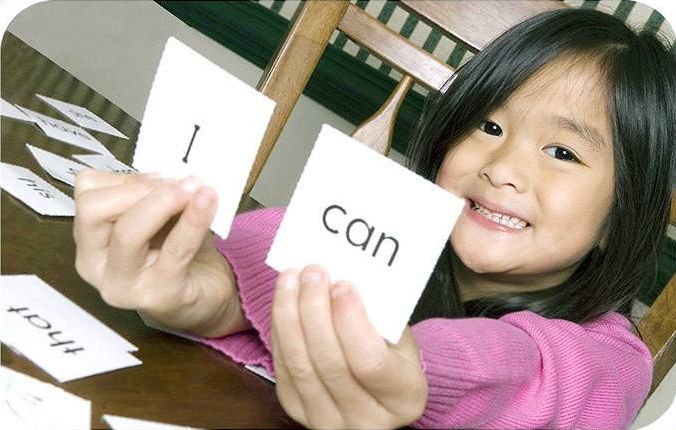
◆ A new study from the United States indicates that the brain circuits humans use for language learning can also serve other purposes, contrary to the previous belief that they were exclusively dedicated to language learning. The ability to remember words is related to the brain’s “declarative memory,” which refers to the ability to remember concrete things like shopping lists and dinner recipes. The grammatical ability to form sentences is associated with the brain’s “procedural memory,” which is used for learning skills like driving and playing musical instruments. The research also shows that at the beginning of learning a foreign language, grammar learning is related to declarative memory, but later shifts to being associated with procedural memory. This study has significant implications for understanding the evolution of language and its biological basis, and it may help improve foreign language learning as well as treat language disorders such as autism, aphasia, and dyslexia.
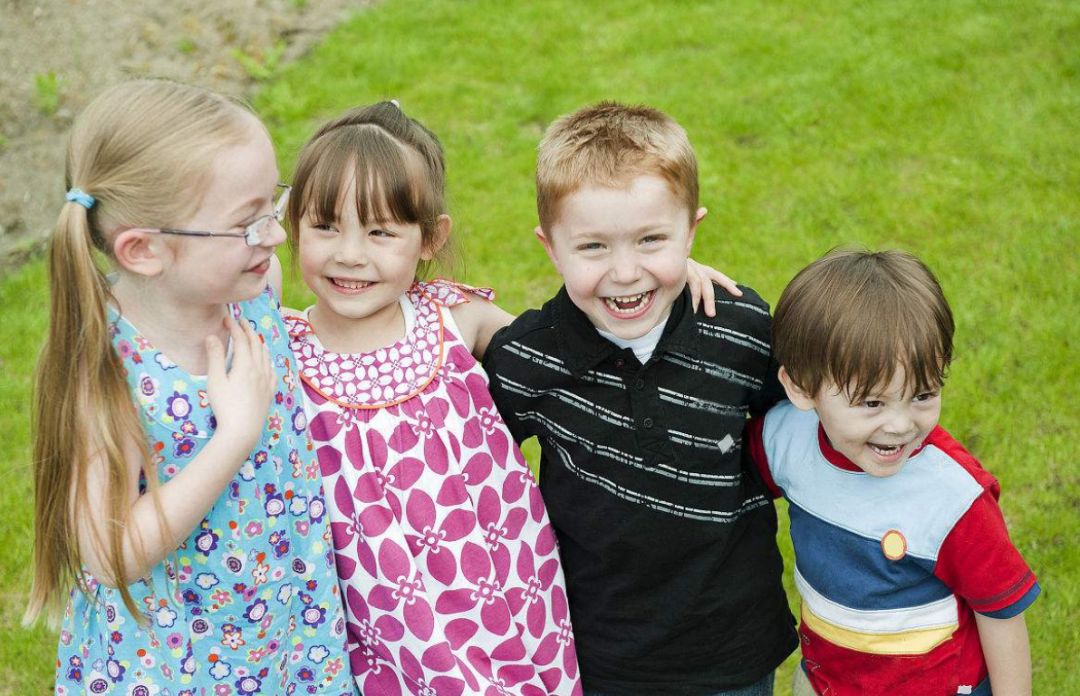
◆ A neuroscience study published in the journal Nature Communications found that scientists measured the brain activity of 279 subjects using magnetic resonance imaging and discovered that the further apart people’s social relationships are, the lower the similarity in their neural responses. Friends may perceive and respond to the outside world in similar ways, and this connection could be used to predict the likelihood of interpersonal relationships existing within a social network.
News Station

◆ On January 31, an extremely unbalanced overpass in a bustling area of Wuhan successfully rotated 81 degrees and precisely connected with the approach bridge, completing the project and setting three world records for the most unbalanced rotation, the widest bridge surface, and the most railway tracks crossed. During construction, innovative techniques such as dual-span bridge single-ball hinge rotation and rack-and-pinion rotation were pioneered, creating multiple precedents in the construction of rotating bridges. Compared to traditional rotation schemes, this rotating bridge effectively solved problems such as site limitations and unbalanced rotation, saving over 100 million yuan in costs and accumulating valuable experience for future similar bridge constructions.
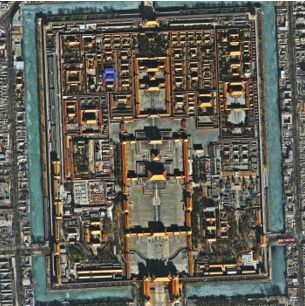
Bird’s-eye view of the Forbidden City captured by Gaojing-1
◆ The first commercial remote sensing satellite constellation with a resolution of 0.5 meters, Gaojing-1, recently transmitted its first batch of high-resolution images after the four-satellite networking. This constellation can revisit any area of the globe within a day and can revisit over 80% of the world twice a day. It can also take photos while transmitting, significantly improving the efficiency of image transmission in orbit.
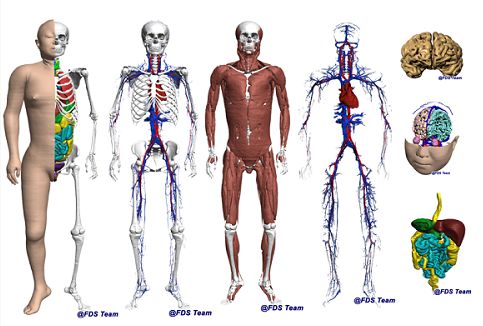
◆ Researchers at the Institute of Nuclear Safety Technology of the Chinese Academy of Sciences have created a high-precision virtual radiation model of Chinese women. This model better reflects the physical characteristics of Chinese women and is significant for dose assessment for Chinese and even Asian populations. Rad-Human consists of 28.8 billion voxels, each measuring 0.15mm x 0.15mm x 0.5mm, making it the most accurate virtual radiation model of Chinese women to date. Currently, this model has been applied in fields such as ITER and radiation therapy. In the future, Rad-Human is expected to play an important role in nuclear power and aerospace fields.
Health Update

◆ Vitamin D3 can repair or prevent cardiovascular damage. According to a report from the American Physical Society on January 30, a new study from Ohio University shows that vitamin D3 can significantly repair cardiovascular system damage caused by hypertension and diabetes. The study found that vitamin D3 is a powerful stimulator of nitric oxide, a major signaling molecule that regulates blood flow and prevents thrombosis in the cardiovascular system, and it can also significantly reduce oxidative stress levels in the cardiovascular system. Given that the body automatically produces D3 when exposed to sunlight, experts recommend that patients with cardiovascular damage spend more time in the sun or take D3 supplements.

◆ A study published on January 30 in the journal Nature Communications revealed that a large dataset of aging-related gene expression profiles from four species, including humans, has been established. A German research team analyzed the data and found that the changes in gene expression related to aging are consistent with the changes in gene expression associated with degenerative chronic diseases, but opposite to those related to cancer. This finding reveals a “balance” between cancer and degenerative chronic diseases, providing insights into the commonality of both during the aging process.
Global News
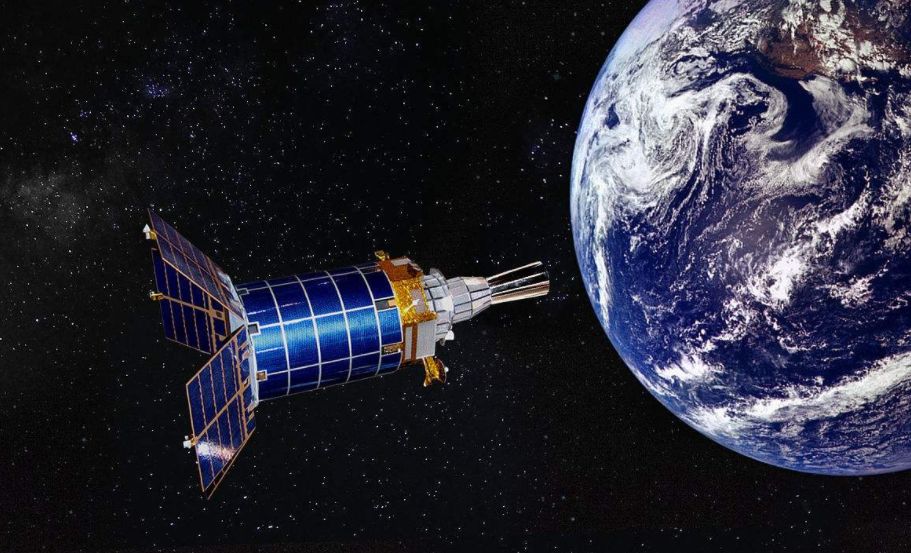
◆ After an astronomy enthusiast claimed to have contacted a U.S. satellite that had been lost for over a decade, NASA announced on January 30 that the satellite, named IMAGE, is indeed still “alive” and that its main control system is operational. The IMAGE satellite was launched in March 2000 for imaging the Earth’s magnetosphere and unexpectedly lost contact in December 2005, reportedly due to a problem with the power controller that powered the responder.
All images in the article, unless otherwise noted, are sourced from the internet.
Audio provided by iFlytek.
Editor: Liang Wei
Reviewer: Guan Jingjing

